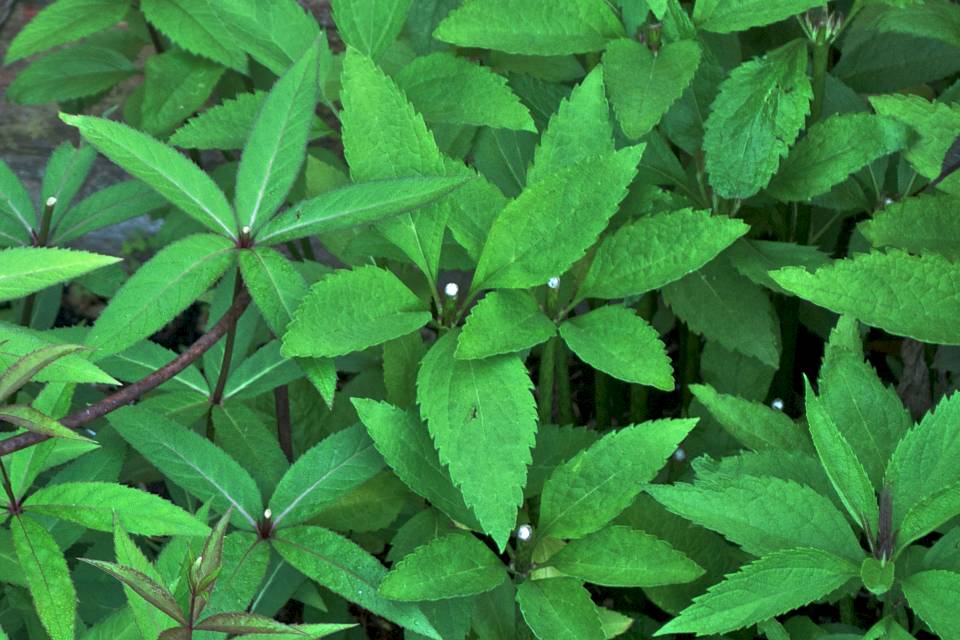The idea of chopping off stately plant growth in mid pride, seems utter madness. Though, the inevitable sag in one’s floppy sedums, always brings fourth that nagging question. Should one brave the famous Chelsea Chop?
Completely contrary to last weekend’s gardening plans, Rachel (thank-goodness-my-husband-wasn’t-watching) de Thame’s report on the Chelsea chop, encouraged me to take the plunge and start chopping. In last week’s packed episode of Gardeners’ World, RHS Wisley curator, Colin Crosbie, provided great practical insights into this ingenious method of herbaceous border maintenance.
Plants that did not make it onto the Chelsea Flower Show displays, were pruned back hard by exhibiting nurseries to reinvigorate the plant, encouraging later flowering and hence prepare them for selling on, later that year. Though, I presume the prospect of an easier journey home, may also have been a key incentive. This method widely adopted by gardeners, has become known as the famous Chelsea Chop.
Adopting the Chelsea Chop should result in sturdier plants, requiring less staking and flowering approximately six to seven weeks later. According to Crosbie, this method allows gardeners more control of the flowering period, height and improves the overall effect of the border. To allow the plant enough time to regrow and flower, timing is crucial. As in the name, the chop is best done around the time of the Chelsea Flower Show, though Crosbie advised, to no later than mid June.

The first cut takes some courage, but once you start, the exercise becomes rather cathartic. Sources all seem to quote various cutting lengths, though having often seen the Wisley borders, I faithfully followed, Crosbie’s ‘50% off’ rule. Drastic as cutting half the plant’s growth off may be, the impact was rather pleasing. You are left with a tidy green clump, which does not look out of place in the border at all. Furthermore, the sedum chop provided some much needed cutting material, now sitting comfortably in potting compost.
The Chelsea chop method can be used on a wide variety of summer- and autumn-flowering perennials such as Asters, Sedum, Eupatorium, Veronicastrum, Phlox and Echinacea. All of which have now had their famous crew cut, with the full expectation of much further glory in six weeks time.
